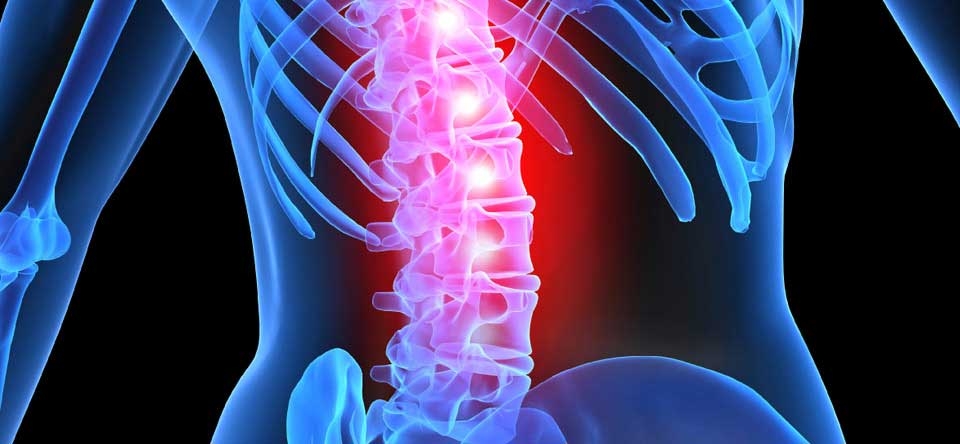Knowledge resources in spinal injuries grow
- 25 October 2015 - 01:39 PM
- Comment(s)

A new web-based content creation project on spinal cord injuries (SCI) is drawing in physical therapists from around the world to build a new resource for the profession and the SCI community.
Physiopedia, the online Wikipedia for physical therapists, aims to populate a new section of its web pages with practical, credible and thought-provoking information on all aspects of SCI management.
“Anyone is welcome to join in this project,” said Rachael Lowe of Physiopedia. “You will be joining people from all over the world in contributing evidence based articles to create an evidence based reference on spinal cord injuries and the management of individuals with spinal cord injury.”
Much of the structure of the new section will be guided by the curriculum from an online course run by Physiopedia in collaboration with the ISCoS in 2014. The course was the first online education course to be approved by WCPT for International Physical Therapy Continuing Education Units (IPT-CEUs).
“We hope to include the new information in the course when it runs again in the future,” said Rachael Lowe.
Meanwhile there is evidence that an online SCI learning initiative run by ISCoS is being taken up by universities and physical therapy courses around the world.
ISCoS launched its elearnSCI.org educational resource in 2012 to address the lack of professional development opportunities for health professionals involved in SCI management. Its motivation was the global lack of access to up-to-date SCI training and learning materials.
Lisa Harvey, a co-ordinator and author of the elearnSCI.org physiotherapy modules, reports that elearnSCI.org now has 16,000 registered users moving through the online content – and over 65% of them are PTs.
“Universities are really picking it up – especially in Australia and Asia,” said Lisa, who is Associate Professor at the University of Sydney and was one of the co-ordinators of the Physiopedia SCI course. “The site is now available in Portuguese and Spanish and it will soon also be available in Chinese and French.”




Leave Comments